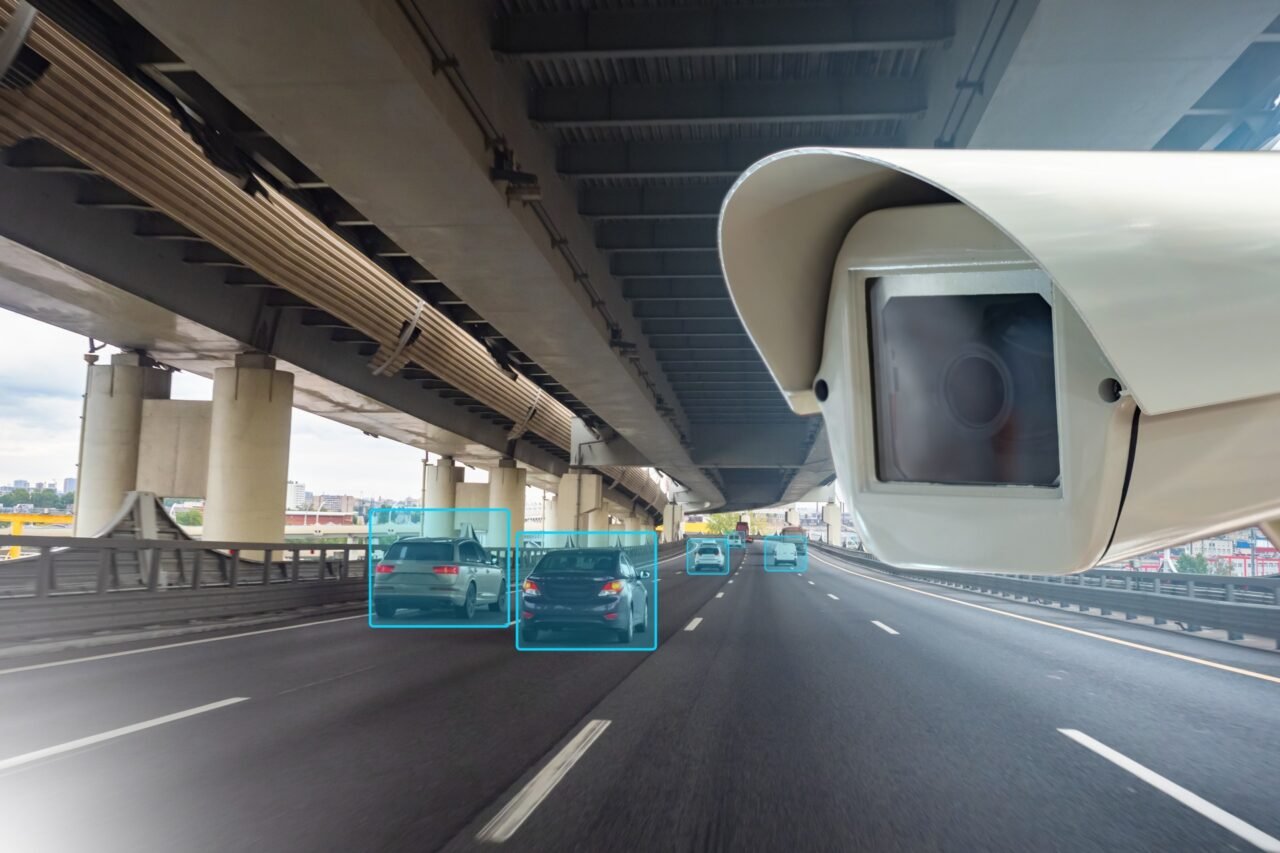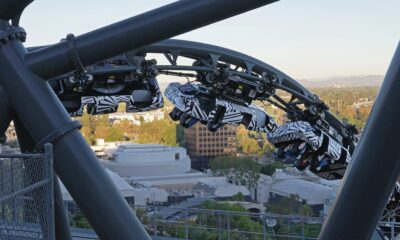Top Stories
Millions Protest as Surveillance Concerns Surge Amid Rallies

UPDATE: As the dust settles from the massive “No Kings” protests this past weekend, concerns over surveillance are escalating. An estimated 7 million people marched across major cities, including Los Angeles and New York City, where law enforcement reported zero protest-related arrests. However, the political rhetoric surrounding these demonstrations is raising alarms about potential government monitoring.
Despite the peaceful nature of the events, officials are framing the protests in a troubling light. Speaker of the House Mike Johnson labeled them “hate America” rallies, while Secretary of Transportation Sean Duffy implied they are linked to extremist groups. This characterisation coincides with a Trump executive order issued last month aimed at disrupting financial networks associated with what the administration deems “domestic terrorism and political violence.”
Ryan Shapiro, executive director of Property of the People, expressed deep concern over this narrative:
“The Trump regime would have us believe that somehow peaceful, pro-democracy protesters are terrorists for daring to defy the fascist takeover of this country.”
Shapiro added that “the real terrorists are sitting in the White House shredding the Constitution.”
With these tensions brewing, those who participated in the protests should be aware of how easily they might be surveilled. If you drove to a rally, your vehicle could be tracked through automated license plate readers (ALPRs), which capture data from both fixed cameras and police vehicles. Public transit may offer a bit more anonymity, provided you paid with cash. However, if you used a card linked to your identity, your movements could still be traced.
Your smartphone also poses a risk. While keeping your device in airplane mode can prevent immediate tracking, data can still be recorded and transmitted once you reconnect. According to the Electronic Frontier Foundation (EFF), apps can store GPS data and send it once online again. Even basic phones can be pinpointed using cell tower connections, raising further privacy concerns.
Additionally, if you shared protest photos on social media without masking your face, you might be at risk of identification by law enforcement agencies, including U.S. Immigration and Customs Enforcement (ICE). The EFF recommends using tools like Image Scrubber to obscure faces and strip metadata from photos. However, many may not follow these precautions, making them vulnerable to being recognized in the digital sphere.
Law enforcement agencies are increasingly utilizing advanced technology to monitor protests. They can employ tools like Clearview AI, which scans millions of photos to identify individuals, unless protests occur in states where the technology is banned. Reports indicate that firms like Palantir are working with the Trump Administration to consolidate massive databases that could include information on all Americans, raising serious implications for privacy and civil liberties.
As these surveillance practices become more commonplace, the implications for free speech and public dissent continue to grow. With a crackdown on dissent looming, citizens must remain vigilant about their digital footprints and the potential consequences of their political activism.
As the situation develops, observers and participants alike should pay close attention to how government agencies respond to these protests and the lengths they may go to monitor dissent. The conversation around surveillance, privacy, and civil rights is more urgent than ever, making it crucial for individuals to engage with these issues actively. The question remains: how far will authorities go to track those who voice their dissent?
-

 World1 week ago
World1 week agoMass Production of F-35 Fighter Jet Drives Down Costs
-

 World1 week ago
World1 week agoGlobal Air Forces Ranked by Annual Defense Budgets in 2025
-

 Top Stories1 week ago
Top Stories1 week agoNew ‘Star Trek: Voyager’ Game Demo Released, Players Test Limits
-

 Top Stories1 week ago
Top Stories1 week agoDirecTV to Launch AI-Driven Ads with User Likenesses in 2026
-

 Lifestyle7 days ago
Lifestyle7 days agoDiscover Reese Witherspoon’s Chic Dining Room Style for Under $25
-

 Science1 week ago
Science1 week agoTime Crystals Revolutionize Quantum Computing Potential
-

 World1 week ago
World1 week agoElectrification Challenges Demand Advanced Multiphysics Modeling
-

 Science7 days ago
Science7 days agoWaning Crescent Moon: What to Expect on October 17
-

 Entertainment1 week ago
Entertainment1 week agoFreeport Art Gallery Transforms Waste into Creative Masterpieces
-

 Science1 week ago
Science1 week agoTulsa Students Inspire New Book on Ralph Ellison’s Legacy
-

 Entertainment1 week ago
Entertainment1 week agoFast & Furious Coaster Hits the Track at Universal Studios
-

 Health1 week ago
Health1 week agoResearchers Uncover New Insights into Cancer Mortality Causes









